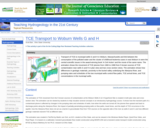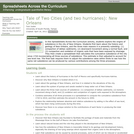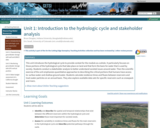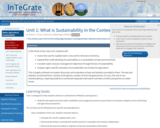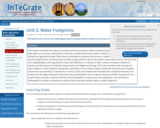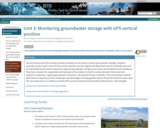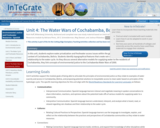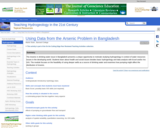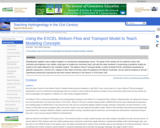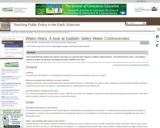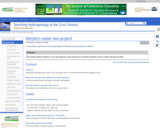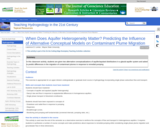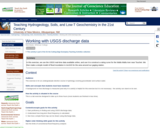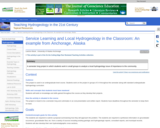
This project is designed to introduce students to a local hydrogeologic problem or issue of interest to the community. The project requires the students to learn about their local groundwater environment and apply principles and concepts that they learn in the classroom to an issue that is of concern to the public. This project provides a good introduction to "real world" problems that the students are likely to encounter as professionals. Students are required to synthesize information from a variety of sources and develop their own assessment of the problem and also to make recommendations based on their professional opinions.
(Note: this resource was added to OER Commons as part of a batch upload of over 2,200 records. If you notice an issue with the quality of the metadata, please let us know by using the 'report' button and we will flag it for consideration.)
- Subject:
- Business and Communication
- Chemistry
- Hydrology
- Management
- Physical Science
- Political Science
- Social Science
- Material Type:
- Homework/Assignment
- Provider:
- Science Education Resource Center (SERC) at Carleton College
- Provider Set:
- Teach the Earth
- Author:
- LeeAnn Munk
- Date Added:
- 11/04/2021
